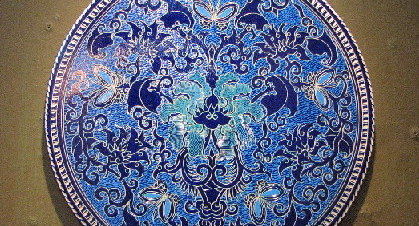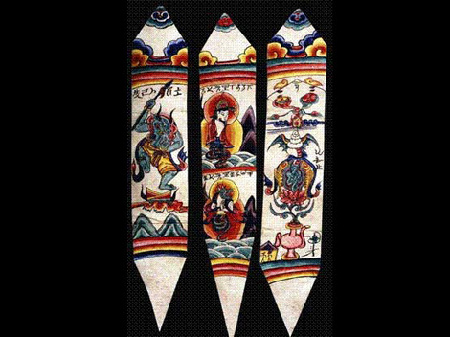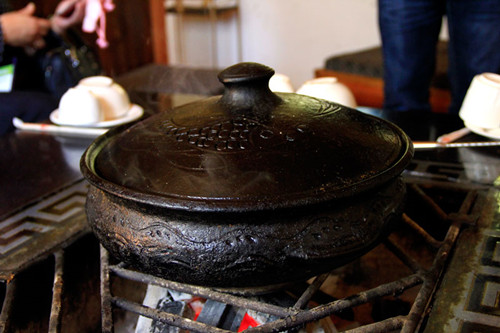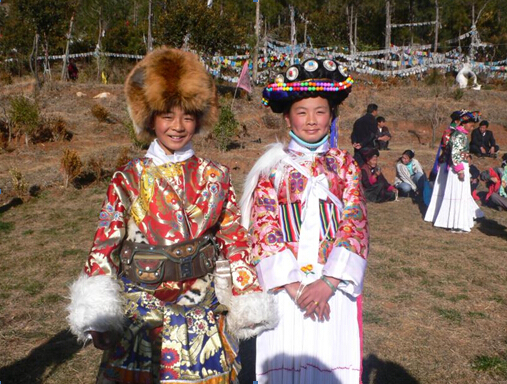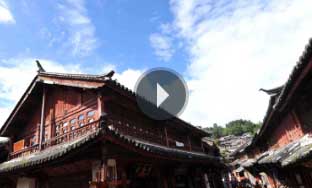World's only surviving hieroglyphic still thrives
(People's Daily Online)
Tourists visiting the Lijiang River in Yunnan Province will marvel at the sight of the beautiful Yulong Snow Mountain and the Dayan Ancient Town but will also be attracted by the unique Tomba script of the Naxi people.
This is the world's only hieroglyphic script that is still being used by people, and it is called a literary "living fossil."
The Tomba Ancient Book, as the carrier of Tomba culture, was listed on the "World Memory List" by the United Nations Educational Scientific and Cultural Organization (UNESCO) as early as 2003. It is the only item with world heritage status that belongs to a minority nationality among China's five world heritage status items listed on the "World Memory List" so far.
The Tomba script is the written language of the Naxi people in the Lijiang River. It is a kind of hieroglyphics. It includes many character forms including pictographs, semasiography, self-explanatory characters and phonograms and has a total of about 1,600 characters. The Tomba script mainly uses one character or several characters to present a sentence and the characters and sentences are arrayed from left to right and from the top to bottom.
The Tomba script was established before the 11th century. It is one of the oldest hieroglyphic systems in the world and is still being used today, said He Lifeng, who is a member of the Naxi ethnic group and director and researcher of the Yunnan Committee of Minority Language Guidance.
From the perspective of the development of character forms, Tomba script is more primitive than the oracle bone script. It is one of the earliest forms of writing, and is made up of hieroglyphs initially painted on wood and stones.
After its invention, the Naxi people started writing on paper, which later became Tomba scripture. Every hieroglyph of the Tomba script has conventional lines and a unique way of writing that carry fixed meaning, and some symbols can even represent a single word or a single phrase.
The Dongba Scriptures, a voluminous and substantial Naxi encyclopedia, has more than 20,000 volumes and contains more than 1,500 Tomba books, with more than 1,000 being purely religious books. It covers astronomy and geography, the philosophy of religion, myths and legends as well as folk customs of the Naxi ethnic group.
Interestingly, the Naxi people in Lijiang can speak the Naxi language, but cannot write the Tomba script because only "Tomba," the priest class of the Naxi ethnic group, is eligible to learn the Tomba script.
Under the guidance of the Chinese central government, a large number of experts and research institutions have made remarkable achievements in protecting the Tomba script for the past many years, mainly though in-depth research, strengthening education in the Dongba script and legislation.

